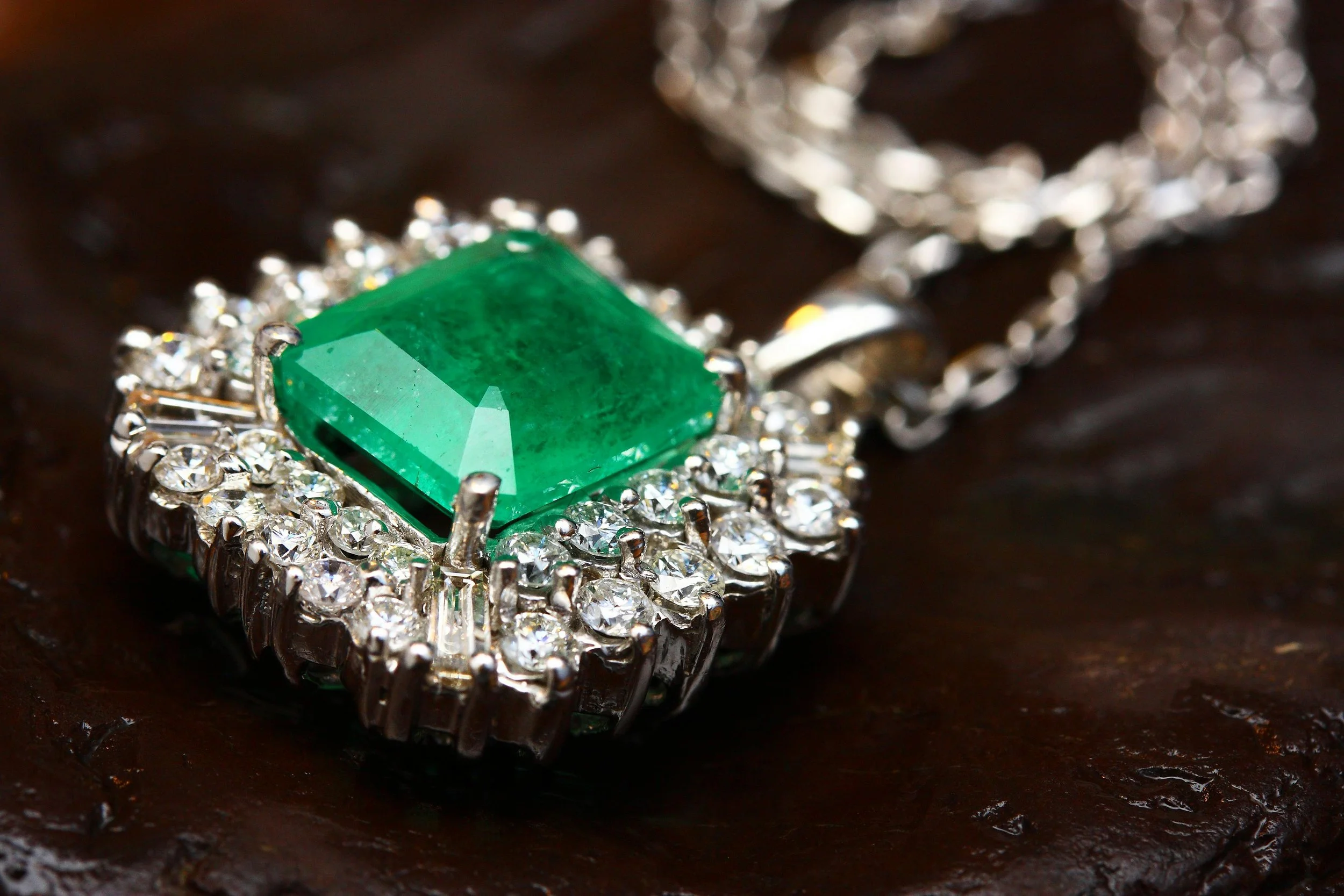Emerald: May's Verdant Treasure - Unveiling the Mystique and Majesty of the Birthstone
In the kaleidoscope of gemstones adorning the months of the year, few evoke the lush allure of spring quite like the emerald—the coveted birthstone of May. With its rich green hue reminiscent of new growth and renewal, the emerald has captivated hearts and minds for centuries, weaving a tale of opulence, mystique, and timeless beauty. Let us embark on a journey through the verdant realms of emerald lore, uncovering the secrets and symbolism that make this gemstone a cherished treasure.
Origins and History:
Emeralds have been treasured since antiquity, revered by ancient civilizations for their captivating color and purported mystical properties. The word "emerald" finds its roots in the Greek word "smaragdus," meaning green stone, reflecting the gem's signature hue. Historically mined in regions such as Egypt, India, and later Colombia, emeralds adorned the crowns of kings and queens, symbolizing wealth, power, and divine favor. The allure of the emerald even extends to legendary figures such as Cleopatra, who famously adorned herself with emeralds to enhance her beauty and allure.
Symbolism and Significance:
Beyond their material value, emeralds carry profound symbolic significance in various cultures and belief systems. In ancient lore, emeralds were believed to possess healing properties, promoting physical vitality and emotional well-being. The gemstone was also associated with fertility, growth, and abundance, making it a cherished talisman for those seeking prosperity and renewal. In spiritual traditions, emeralds are often linked to the heart chakra, symbolizing love, compassion, and harmony—a reflection of the gem's soothing green hue.
Mythology and Folklore:
Throughout history, emeralds have been shrouded in myth and legend, adding to their mystique and allure. In ancient mythology, emeralds were often associated with deities and mythical beings. For instance, the Incas of South America believed that emeralds were the tears of the goddess Umina, symbolizing the eternal connection between humanity and the natural world. In European folklore, emeralds were thought to possess magical powers, granting their wearers insight and protection against evil spirits.
Modern Significance:
In contemporary times, emeralds continue to enchant and inspire, gracing everything from royal regalia to haute couture jewelry. Beyond their aesthetic appeal, emeralds are valued for their rarity, durability, and timeless elegance. As sustainable and ethical sourcing practices gain prominence, consumers increasingly seek out responsibly mined emeralds, ensuring that their beauty is matched by a commitment to environmental and social responsibility.
Conclusion:
In conclusion, the emerald stands as a verdant symbol of May's abundant beauty and vitality, weaving a tale of timeless allure and enduring significance. From its ancient origins to its modern-day resonance, the emerald continues to captivate hearts and minds with its lush green hue and mystical charm. As we journey through the realms of emerald lore, may we be reminded of the eternal cycles of growth, renewal, and transformation that define the essence of this exquisite birthstone.






